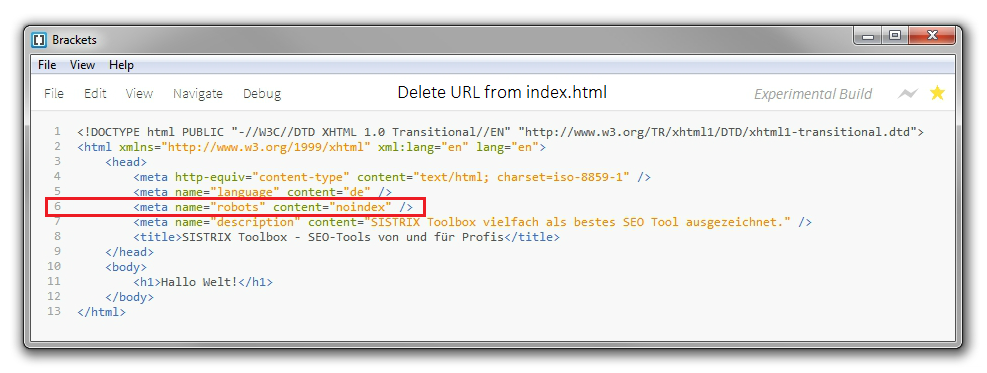Hi Friends,
This is to inform you that recently we had registered our blog at Orafaq.com website which is known as Oralce FAQ.
- http://www.orafaq.com/aggregator/sources/429
- http://www.orafaq.com/wiki/Blogs
Thanks,
IngressIT
Hi Friends,
This is to inform you that recently we had registered our blog at Orafaq.com website which is known as Oralce FAQ.
- http://www.orafaq.com/aggregator/sources/429
- http://www.orafaq.com/wiki/Blogs
Thanks,
IngressIT
Oracle Database Version | Data Type | Default Value | Alter Session | Alter System |
9.0.1 | Integer | 0 | No | Immediate |
9.2.0 | Integer | 0 | No | Immediate |
10.1.0 | Integer | 0 | No | Immediate |
10.2.0 | Integer | 0 | No | Immediate |
|
For Oracle 9i and 10g (Need to test it on 11g)
Alter system flush shared_pool
For Oracle 9i
Alter session set events = 'immediate trace name flush_cache';
For Oracle 10g, the syntax is is as follows:
alter system flush buffer_cache;
I would like to thanks you all for reading and posting comments to my post.
To remove a specific URL (for example, the page http://www.example.com/page4.html) of your own website from Google’s index, there are two ...
